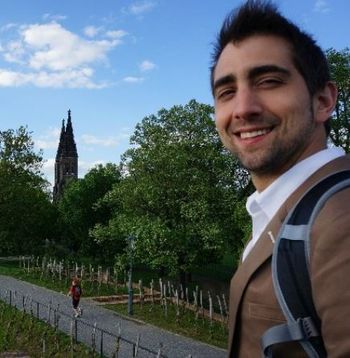
Migraine Studies Making Headway
Researchers are finding some useful answers about migraine treatment and prevention.
Some 36 million Americans live with migraine, and an estimated 3 to 7 million Americans have chronic migraine. Migraine can be extremely disabling and costly, accounting for more than $20 billion in direct expenses (doctor visits, medications) and indirect expenses (missed work, lost productivity) each year in the United States. The good news: investigators are making progress in learning about migraine treatment and prevention.
New research shows how effective migraine therapy matters, how migraine interventions can be cost-effective, and how to help children cope with migraine.
The research is highlighted on the pages that follow:
Why Effective Migraine Therapy Matters
The American Migraine Prevalence and Prevention Study, a prospective population-based study of nearly 24,000 adults with headache, has identified patients with both episodic and chronic migraine and monitored them for multiple years. The study has shown the following:
• Each year, 2.5% of episodic migraine cases transform into chronic migraine.
• About 12% of Americans have migraines.
• About 2 of 5 Americans could benefit from preventive therapies, but only 1 in 5 in the study currently use preventive therapy.
• More than half of patients with migraine take only nonprescription medications or none at all.
The study identified multiple risk factors for the development of chronic migraine, including medication overuse of opiates and barbiturates, headache frequency, depression, lower household income, and persistent frequent nausea, according to an
Migraine Interventions Are Cost-Effective
Self-management with simple analgesics is by far the most cost-effective strategy for migraine treatment in low- and middle-income countries, according to a
The researchers used a standard World Health Organization approach to cost-effectiveness analysis in a primary health care setting, including pharmacies. They modeled 26 intervention strategies implemented during 10 years, including first-line acute and prophylactic drugs, and the expected consequences of adding consumer education and provider training for the general populations of China, India, Russia, and Zambia.
Acute treatment of attacks with acetylsalicylic acid was by far the most cost-effective, generating a healthy life year (HLY) gained for less than $100. Adding educational actions increased annual costs by 1 or 2 cents per capita of the population. An incremental cost of $10,000 would have to be paid per extra HLY by adding a triptan in a stepped-care treatment paradigm. Amitriptyline was more cost-effective for prophylaxis than propranolol or topiramate.
The researchers concluded that consumer education and provider training are expected to accelerate progress toward desired levels of coverage and adherence, they cost relatively little to implement, and they can be considered economically attractive.
Helping Children Cope With Migraine
The American Migraine Foundation recently offered the following
• Get diagnosis and treatment. If a child is experiencing frequent headaches, see a health care professional to determine whether the diagnosis is migraine, the severity and frequency of the attacks, and which treatment approaches are best. Those approaches include acute, preemptive, preventive, and complementary treatment.
• Take your medications. Make sure the child understands how and when the medication should be taken and take a
• Manage stress. New research in
• Keep a migraine diary. Mobile phone apps may have more appeal for youngsters and may help them comply better with medication regimens and track their migraines more closely.
Newsletter
Enhance your clinical practice with the Patient Care newsletter, offering the latest evidence-based guidelines, diagnostic insights, and treatment strategies for primary care physicians.























































































































































































































































































































